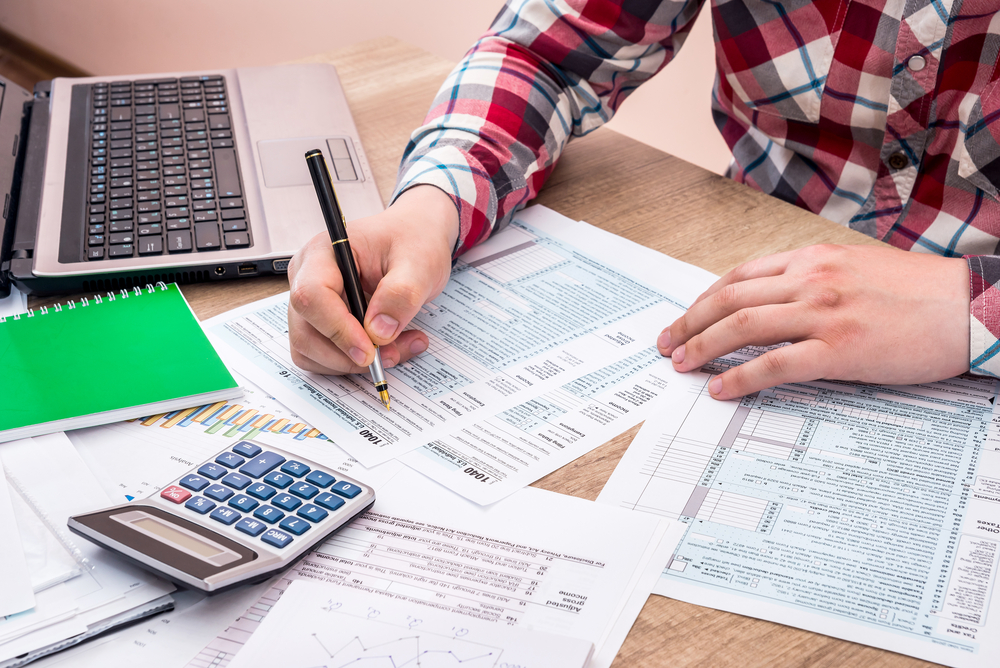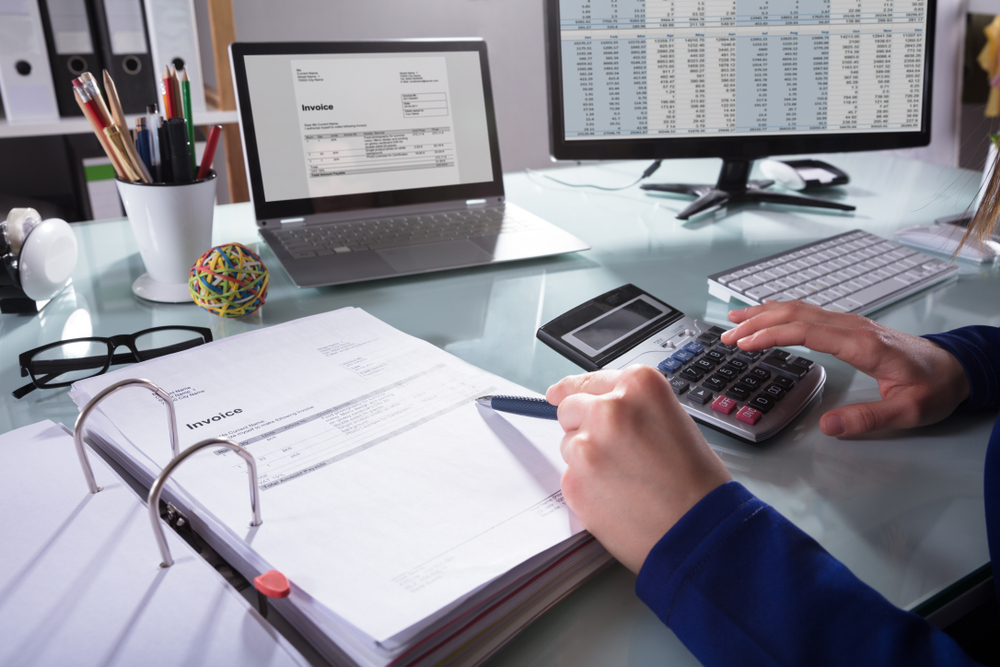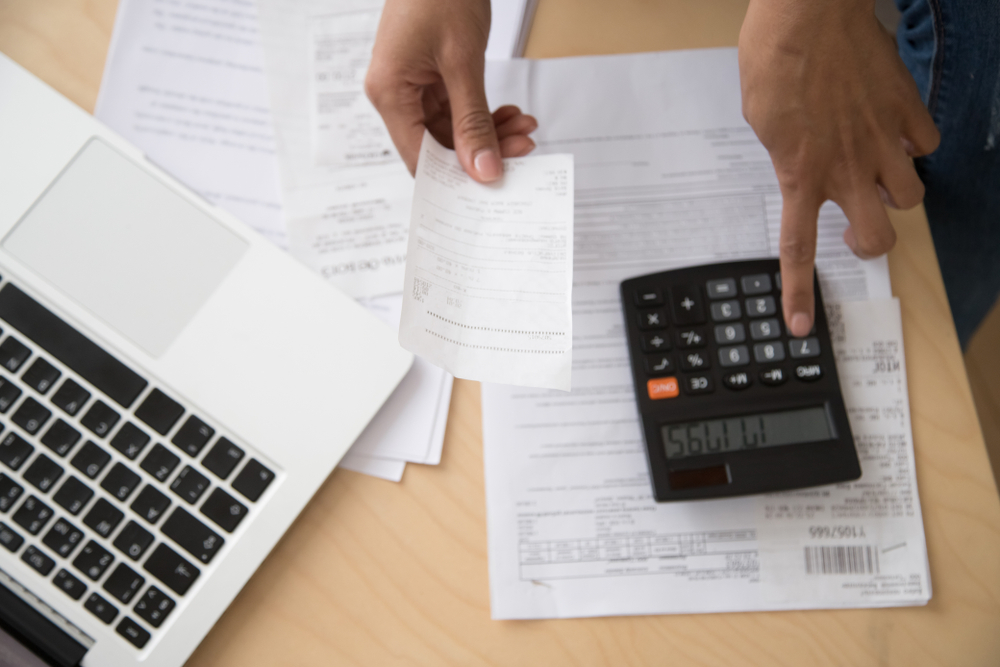Did you know that Albertans gave around $1.47 billion to charities in 2013?
Out of all the provinces, Alberta taxpayers had the highest median charitable donation amount in the country!
Although there are many reasons you should make a charitable donation, getting relief on your annual personal taxes is one you shouldn’t ignore.
Charitable tax credits can help you reduce your owing tax amount, and we can help you figure it out!
Liu & Associates is here to help you understand how charitable giving affects taxes and how much you should donate to charity this year:
How Does Charitable Giving Affect Taxes?
Charitable donations are non-refundable tax credits and can only reduce the tax you owe – they will not generate a refund for you.
When you make a donation to a charity that is registered with the CRA, a certain percentage of that donation comes back to you as a tax refund (but not a tax credit).
If you don’t owe any taxes, you don’t get a refund, no matter how many donations you have made.
However, your overall tax savings will equal the amount of charitable tax credits that are calculated.
The Charitable Donation Tax Credit is available to individuals who make a donation to a registered charity in the form of money or anything else of value, such as stocks, ecological and cultural gifts, and property.
If you receive something in return for your donation (such as a ticket to a special event), the value of what you received has to be deducted from the amount you donated.
What Donations Are Tax Deductible in Canada?
In order to claim your donations on your taxes, the organization you donate to must be a registered charity.
You can use the Canada Revenue Agency (CRA) website to check and see if a charity is registered.
Eligible donations include money that is donated to a charitable organization, publicly listed securities donated to charitable organizations, and the excess value of non-cash property (over $500).
How Much of a Charitable Donation Is Tax Deductible?
To calculate the total amount of donations you want to claim, look at donations made by December 31 of the applicable year, any unclaimed donations from the past five years, and any unclaimed donations made by your common-law partner or spouse in the past five years.
The Charitable Tax Credit is 15% of the first $200 you donate and 29% on any amount above that threshold.
Under certain rules, you can even claim 33% if you are in a higher tax bracket!
On top of the federal tax rules for charitable donations, each province offers its own tax credits for donations.
In Alberta, the province offers an additional 10% tax credit on the first $200.
Overall, you can claim eligible donations to a limit of 75% of your net income.
How Do I Claim Charitable Donations on My Taxes?
In order to claim the Charitable Donation Tax Credit, you need to fill out Schedule 9 of your tax return.
To do this properly, you need to keep all of your official donation receipts and any other supporting documents, such as pledge forms, cheques, and bank statements.
Whenever you make a donation, the charitable institute you donated to will send you a tax receipt for the upcoming tax season.
Keeping all of these documents is important since the CRA may request proof of the donations.
Charitable donations are a priority when it comes to CRA post-assessments, and they can often trigger an audit.
To ensure you don’t trigger an audit by claiming your charitable donations, be sure your official donation receipts include the following:
- A statement that identifies the receipt as official and for tax purposes.
- The name and address of the charity (that matches their file with the CRA).
- The charity’s registration number and the serial number of the receipt.
- The place the receipt was issued.
- The day or year the donation was received, as well as the day the receipt was issued.
- Your full name and amount of the donation.
- A description and value of anything you receive in exchange for the donation.
- A signature of the individual authorized by the charity to acknowledge donations.
Ultimately, the details on the receipt must match what the CRA has on file.
You should keep these receipts and any other donation records for at least 6 years in case they are requested by the CRA.
How Much Should I Donate Based on My Income?
How much you donate based on your income is a personal decision and depends on your unique situation and circumstances.
However, since there is always a great need for donations in Canada, it’s important to give what you can.
Here are some things you should consider when it comes to deciding how much you should donate:
A Giving Plan
Create a strategy that includes who you want to give to and how much. Think about the causes you are passionate about and find organizations that fit the CRA’s criteria.
Decide How Much to Give
As a general rule, you can start with 1% of your income. This allows you to give what you can, even if there are changes to your income.
If 1% is a comfortable amount for you, you can increase it every year to maximize your charitable giving.
Automatic Giving
When it comes to including charitable donations in your financial planning, it’s easier to give more when you give small amounts at a time.
Once you’re used to donating on a regular basis, incorporating your donations into your budget becomes a seamless process!
Review Your Plan
Every 6 to 12 months, you should take a look at your giving plan and figure out if you are spending too much on donations or if you can give more.
Or perhaps you want to diversify your donations and give to different charities.
Should I Donate Once Annually or Monthly?
Ultimately, it makes no difference on your personal tax return whether you donate once a year or every month.
However, as we mentioned above, donating on a monthly basis is a more congruent way to incorporate charitable giving into your financial planning or budget.
But donating annually can be beneficial if you receive a significant sum of money once per year, such as a tax return.
Whether or not you should donate once annually or monthly is a choice you need to make based on your unique circumstances.
While everyone is encouraged to give, you need to make sure you are doing what is best for your financial health!
No One Has Ever Become Poor By Giving!
The above words were spoken by the young Anne Frank, and we couldn’t agree more.
At Liu & Associates, we appreciate your efforts to make positive changes in the world!
Charitable donations are an amazing way to give back to your community and make a wonderful impact on individual lives.
If making and claiming donations seems like a complicated process, our team of expert accountants is here to help!
We can help you step-by-step when it comes to claiming charitable donations on your taxes to ensure you benefit from your generosity and the taxes are done right.
Book an appointment or contact us today for more information!



















